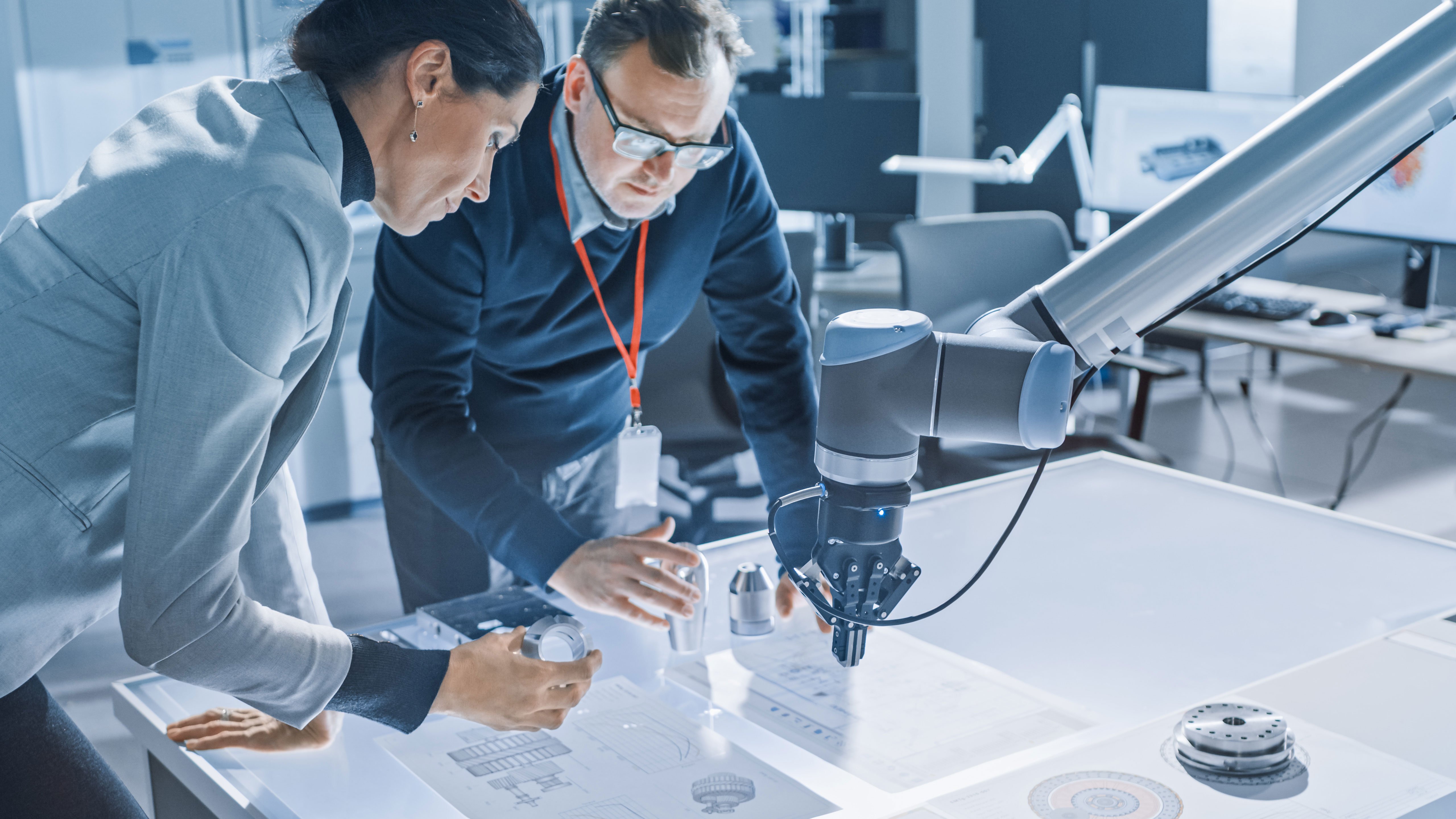Planning and designing a productive environment
The value of technology is not just in the features, but in its usability and user experience. Are the solutions being implemented making the user’s life easier, and thus improving job satisfaction?
Technology implementations are rarely perfect the first time, so it’s important to enable feedback loops that allow employees to share their honest feedback on what’s helping them and what’s holding them back. During a visit to one of our manufacturing plants, I saw how employees can rate their experience at different machines with easy “happy” or “sad” faces, and that identifies potential areas of improvement on work satisfaction. What a great idea!
Supporting skills transformation
Navigating the digital age involves a set of skills that may be new to many of us.
How do we leverage the digital skills people are developing outside of the workplace? As technology becomes more pervasive in our non-working lives, people may be spending their free time engaging in activities that involve coding, design, data analysis and even virtual reality gaming. Can you leverage hobbies and interests and consider how these might converge to improve their professional competencies? How often can we spot these opportunities in reviews and career planning discussions?


